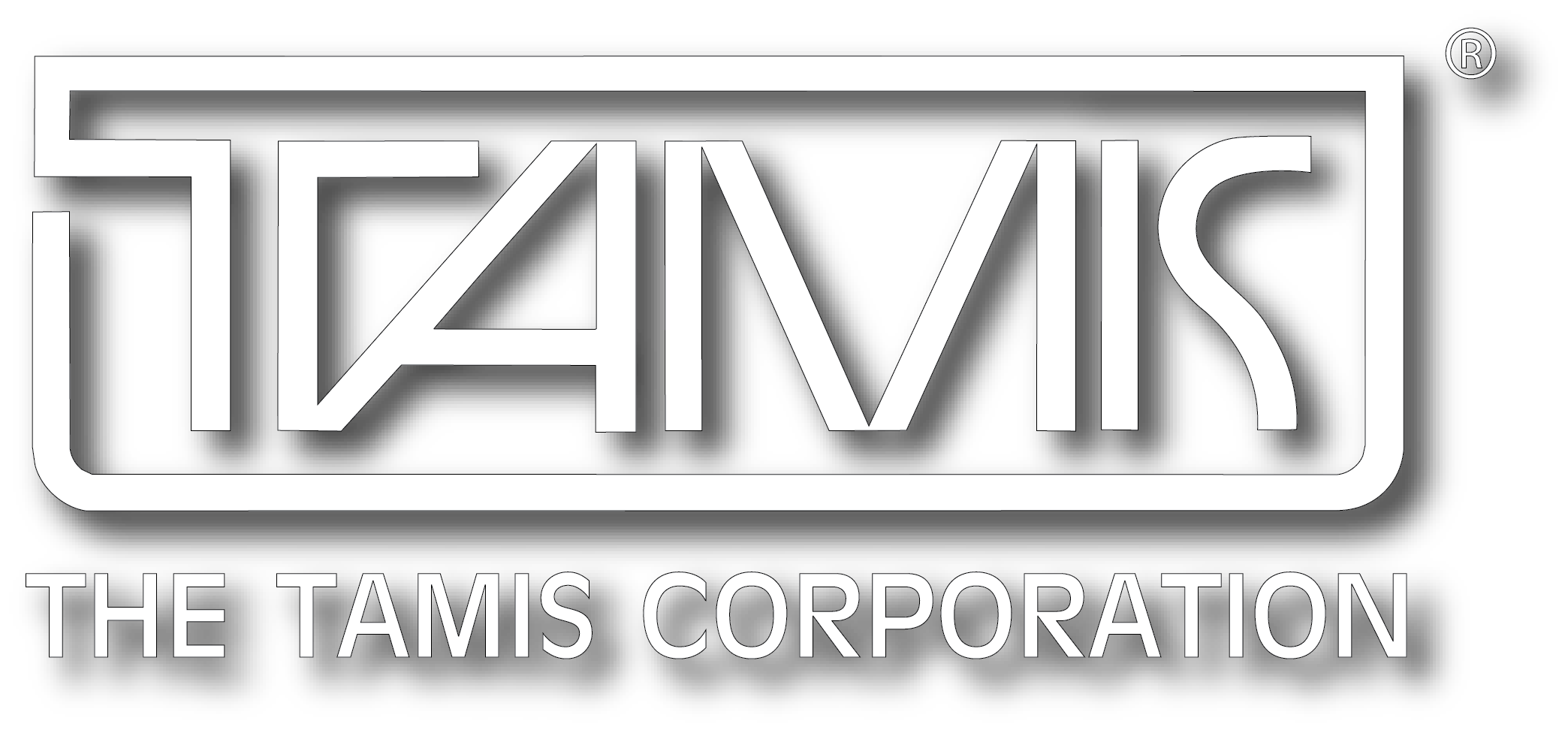It’s just been implemented and already the effects of sequestration have hit hard. Lines at major airports have ballooned to 150-200% of their normal size, creating delays and headaches for many travelers.
According to the Customs and Border Protection agency (CBP), at John F. Kennedy International Airport (JFK) in New York, there were approximately 56 flights with wait times in excess of 2 hours, and 14 flights over 3 hours. Miami International Airport (MIA) reported 51 flights over 2 hours, and 4 flights approached/exceeded 3 hours – all uncharacteristic wait times and a result of reduced staffing.
The consequences of sequestration are only expected to worsen as federal departments implement furloughs and hiring freezes as we head into the busy summer travel season. While travelers have been advised to get to their airports earlier, there are some other immediate proactive considerations that can be cost-effectively implemented to help reduce or ease wait times:
- Deploy Virtual Assistants to deliver highly visual and attention capturing information to deliver clear, consistent messaging to effectively direct and ensure passengers understand all the information they need to know at either boarding, customs or security to improve efficiency, passenger flow, and their overall airport experience.
- Leverage automated queue management systems to determine the best, most effective queuing configuration based on current airport conditions.
- Implement display and signage, post and rope, Tensabarriers® and Single Line Queuing to ensure maximum airport efficiency in getting passengers to where they need to be, keeping them informed and increasing the speed in how passengers get served. By putting in place these proven queue management solutions, the effects of sequestration as they pertain to long lines can be significantly minimized.
To request a meeting with a queue management specialist please contact us.
